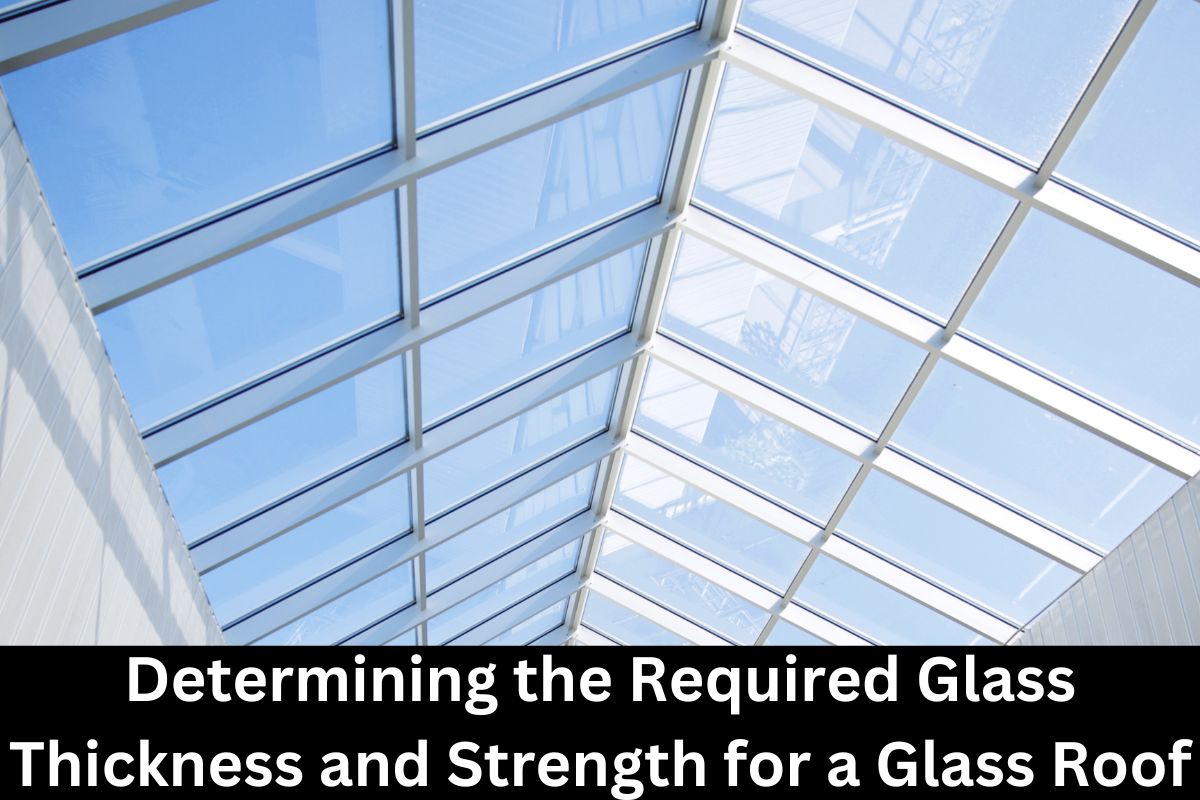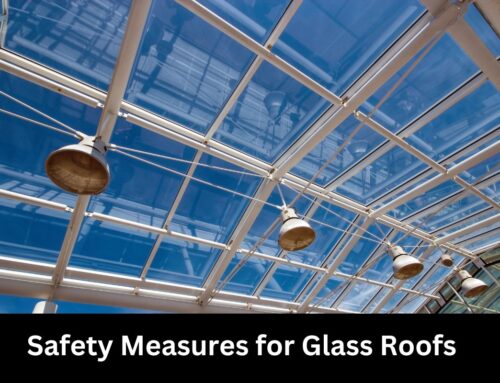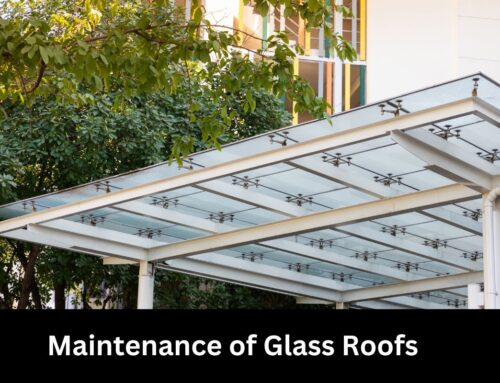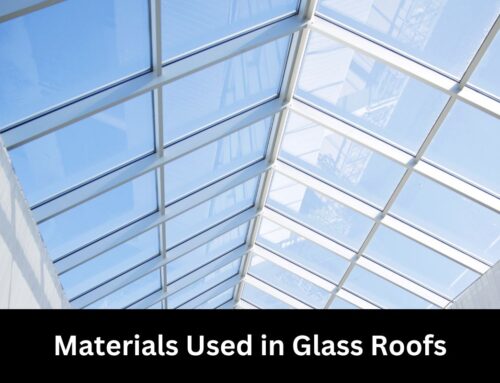Table of Contents
Choosing the correct glass thickness and strength for a glass roof is a critical part of the design and installation process. This decision directly impacts the safety, functionality, and longevity of your glass roof. This guide will provide insights into the factors that influence glass thickness and strength and how to make the best choice for your project.

Factors Influencing Glass Thickness and Strength
Several factors should be considered when determining the appropriate glass thickness and strength for a glass roof:
Load Requirements
The glass should be able to support a variety of loads, including its own weight, wind loads, snow loads, and the occasional maintenance worker. Load requirements will vary based on the geographical location and specific installation site.
Panel Size
The size of the glass panel significantly affects the thickness required. Larger panels require thicker glass to maintain strength and resist deflection.
Support System
The design of the support system and the distance between supports will also affect the thickness of the glass. Wider spacing between supports typically requires thicker glass.
Safety Considerations
Safety glass, such as laminated or tempered glass, is generally recommended for glass roofs to reduce the risk of injury in the event of breakage.
Determining the Appropriate Glass Thickness
Determining the appropriate glass thickness is a complex process involving structural analysis and safety considerations. Here are the basic steps:
Step 1: Consult a Structural Engineer
A structural engineer can conduct an analysis to determine the appropriate glass thickness based on the load requirements, panel size, support system, and safety considerations.
Step 2: Consider Safety Requirements
Building codes typically require the use of safety glass for overhead glazing applications. Safety glass includes tempered and laminated glass, both of which are stronger and safer than standard annealed glass.
Step 3: Choose the Glass Type
The type of glass can also affect the required thickness. For instance, tempered glass is generally stronger than standard glass, so a thinner pane may suffice. Laminated glass consists of two or more layers of glass bonded with an interlayer, providing added safety and potentially affecting the overall thickness.
Step 4: Review with Glazing Professional
Review your choices with a glazing professional to ensure that they meet both the structural requirements and your personal preferences.
Unravel Elegance with Majestic Glass Roofing Services
With Majestic Glass, experience top-notch pergola roof glass services throughout Sydney. Our commitment to exceptional craftsmanship and high-quality materials remains unrivaled. We offer a comprehensive range of glass types designed to meet your unique requirements and budget. Utilizing our industry expertise, we provide essential guidance on design and installation, creating a glass roof that adds to your property’s charm, ensures structural strength and resists adverse weather. We believe in delivering more than just a service, we assure you a smooth installation process and ultimate peace of mind.
Frequently Asked Questions on Determining the Required Glass Thickness and Strength for a Glass Roof
-
Why is the thickness of the glass important for a glass roof?
The thickness of the glass is important because it affects the strength and durability of the glass roof. Thicker glass is generally stronger and more resistant to loads and impact.
-
What factors affect the strength of the glass for a glass roof?
Factors that affect the strength of the glass include the type of glass (standard, tempered, or laminated), the thickness of the glass, and the support system design.
-
Do I always need to use safety glass for a glass roof?
Yes, building codes typically require the use of safety glass, such as tempered or laminated glass, for overhead glazing applications.
-
How does the size of the glass panel affect the required thickness?
Larger panels require thicker glass to maintain strength and resist deflection. The size of the panel and the distance between supports will both influence the required glass thickness.
-
How can a structural engineer help determine the appropriate glass thickness?
A structural engineer can conduct an analysis to determine the appropriate glass thickness based on factors such as load requirements, panel size, and support system design.
By considering these factors and working with professionals, you can ensure that your glass roof is not only beautiful but also safe and durable.
Related Articles





